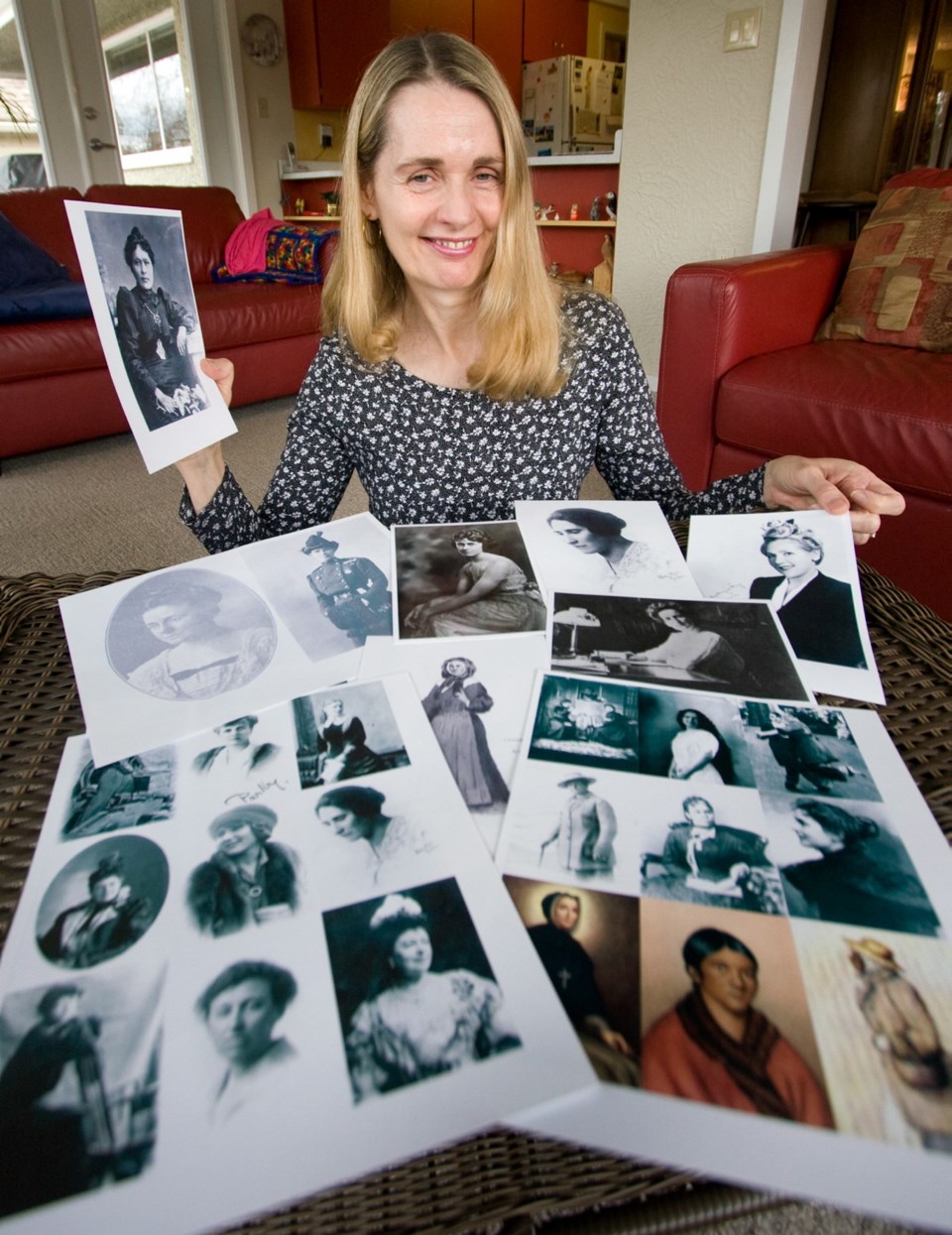A relentless campaign to feature prominent Canadian women on banknotes has earned Victoria historian and writer Merna Forster this year’s Pierre Berton Award for popularizing Canadian history.
“I was shocked,” Forster said after receiving the news. “I was pleased to have led the national campaign to get women on banknotes. I have been working on trying to create greater awareness of women in Canadian history for many years.”
The award, formally known as the Governor General’s History Award for Popular Media, celebrates those who have brought Canadian history to a wider audience. Gov. Gen. David Johnston will present Forster with a medal and a $5,000 cash prize at a ceremony at Rideau Hall in Ottawa on Nov. 28.
In the course of her career as an educator and public speaker, Forster says, she has been frustrated that the stories of Canada’s great females are almost invisible.
About the time Forster’s first book, 100 Canadian Heroines, came out in October 2004, CBC was wrapping up its show The Greatest Canadian. The public voted only six women to the Top 50, all of whom ranked below CBC hockey commentator Don Cherry, who was No. 7. No women were in the Top 10.
Singer Shania Twain was ranked above feminist and suffragist Nellie McClung, and Céline Dion was thought greater than War of 1812 heroine Laura Secord.
More than a decade later, Canadian Heritage launched a survey asking the public to name great Canadians, and prominent Canadian women were similarly under-represented.
Forster launched a petition in 2013 in support of memorializing a great Canadian woman by putting her likeness on a banknote. This was after the only Canadian women on Canadian currency — activist Thérèse Casgrain and the “Famous Five” who fought for women to be recognized as persons — were replaced by an icebreaker ship.
The petition received 73,000 signatures, but even supporters came up short in naming their favourite Canadian heroine.
“Many of these people wrote comments on the petition page to the effect of ‘I’m sure there are some notable amazing women in Canadian history, and I’m embarrassed that I don’t know who they are,’ ” Forster recalled.
Forster said the debate in the media and online about who should be featured on the banknote led to a nationwide discussion about accomplished women in this country.
In May 2016, an Angus Reid survey revealed that 80 per cent of Canadians who responded thought one or more Canadian women should be on the face of a banknote.
In May, the Bank of Canada named a dozen women as candidates to be featured. They include two women from Greater Victoria: artist Emily Carr and activist McClung.
An advisory committee made up of four women, including Forster, and two men will choose a handful of candidates. The final choice lies with Finance Minister Bill Morneau, and a banknote featuring a woman is due in 2018.
“I was pleased that the banknotes campaign brought about a national conversation on the role of women in Canadian history,” Forster said.
Forster was not discouraged despite some negative comments and disparaging remarks against women.
“There’s such a worrisome undercurrent of hostility toward women and the lack of respect of their contributions,” she said.
Forster sees that hostility in full force during the U.S. presidential election campaign, following Republican nominee Donald Trump’s lewd comments describing sexual assault and his attacks against women who have come forward with allegations of sexual misconduct.
“I find it very frightening,” Forster said, adding that Trump’s dismissal of his words as “locker room talk” only serves to normalize derogatory language against women.
Having a woman on a banknote is only the first step, Forster said. She wants to see Canadian heroines featured more prominently in the school curriculum and in public spaces.
Forster spent years fundraising to build the Emily Carr statue that stands prominently in Victoria’s Inner Harbour.
“It really reflects who we consider worthy of honouring in our society,” she said. “Women are not absent from these lists, they’re just notably absent in the images that surround us.”
Forster is the second Victorian in three years to receive the award. Author and military historian Mark Zuehlke won it in 2014.



